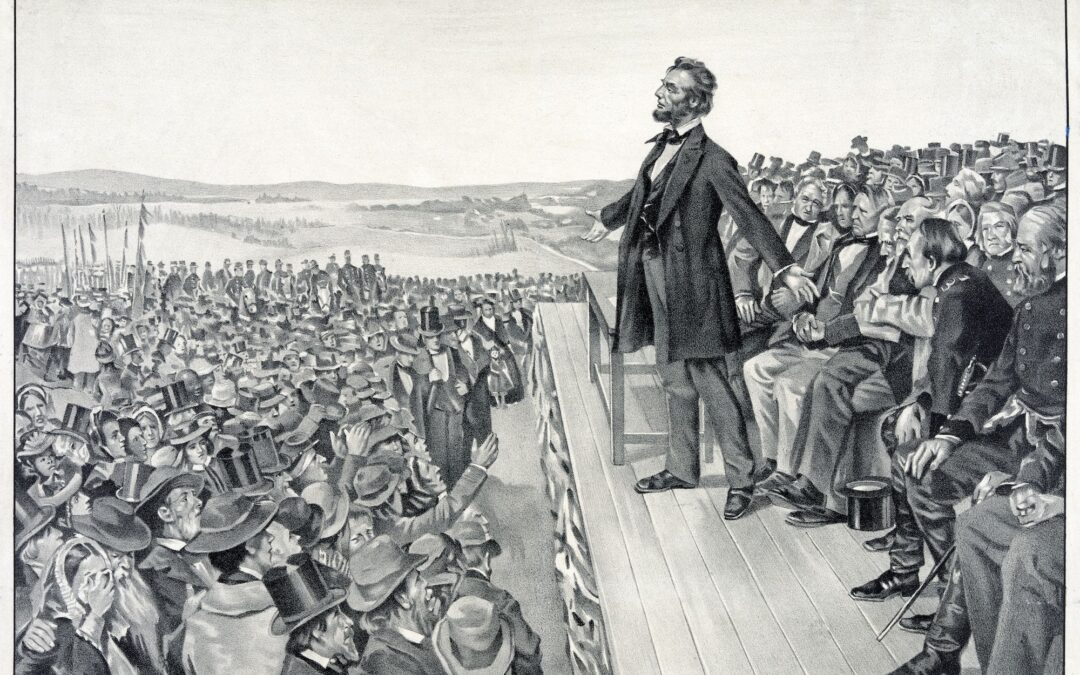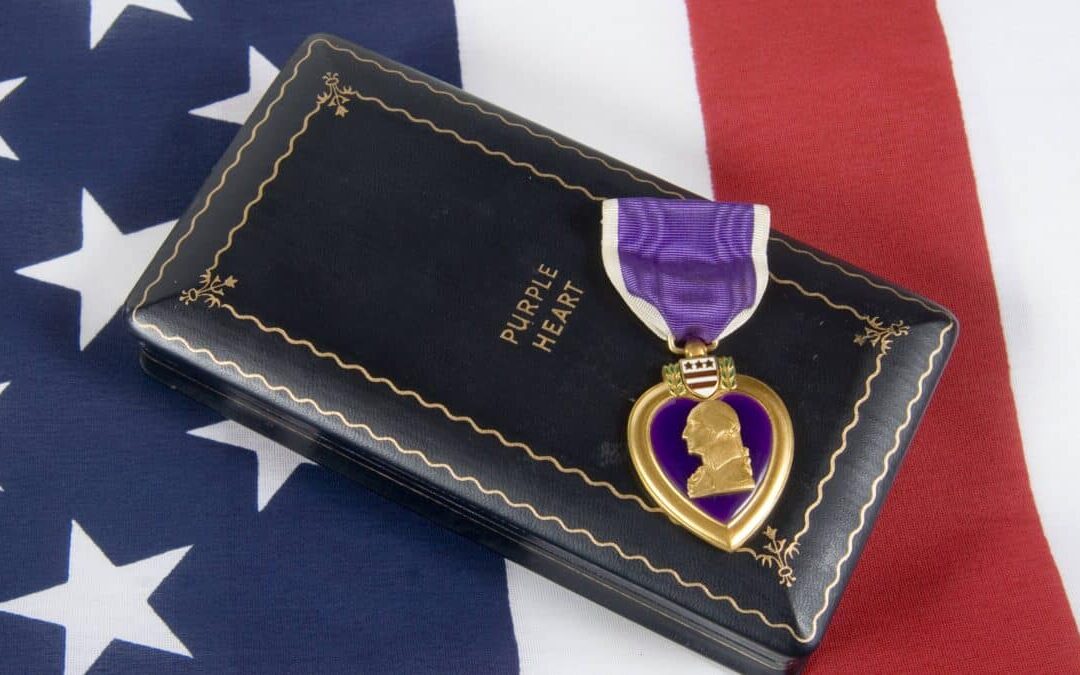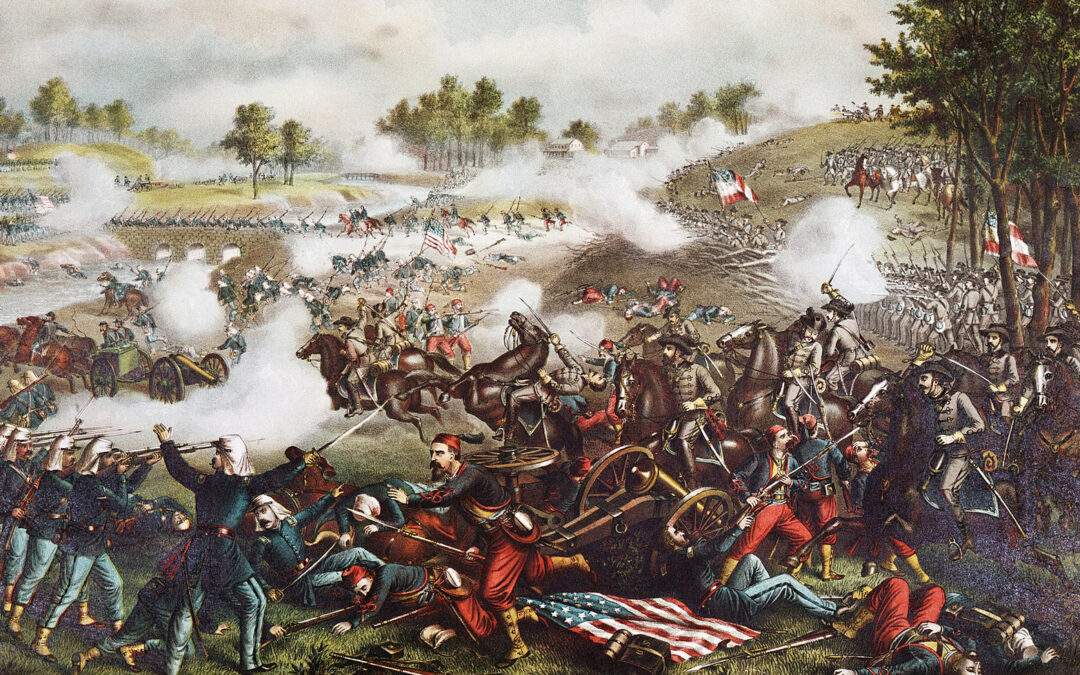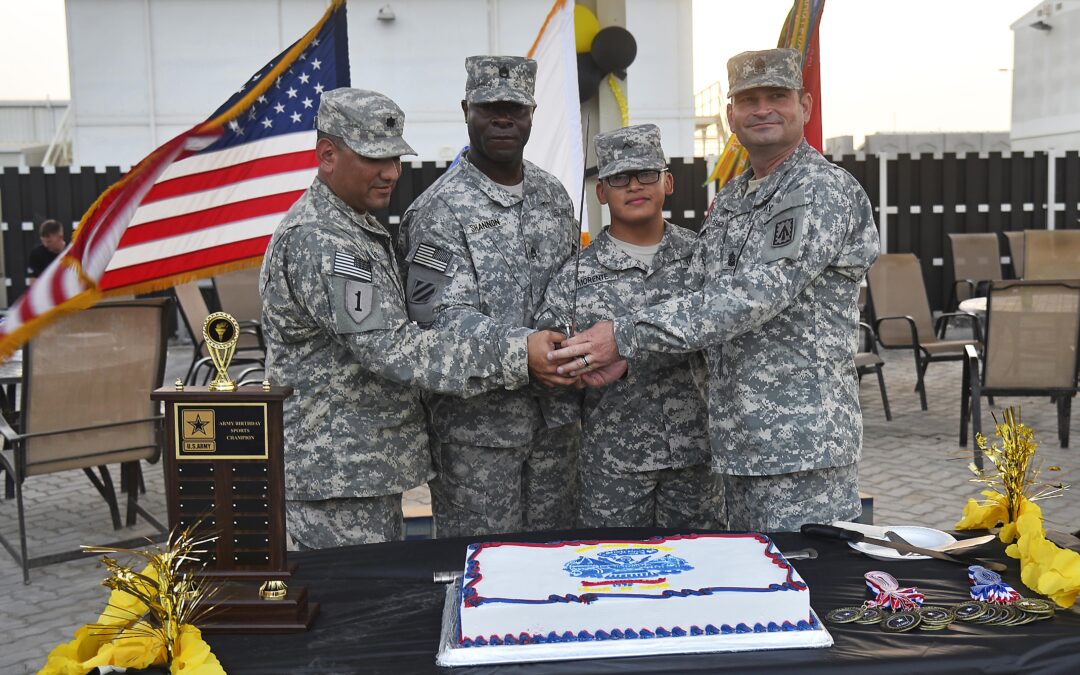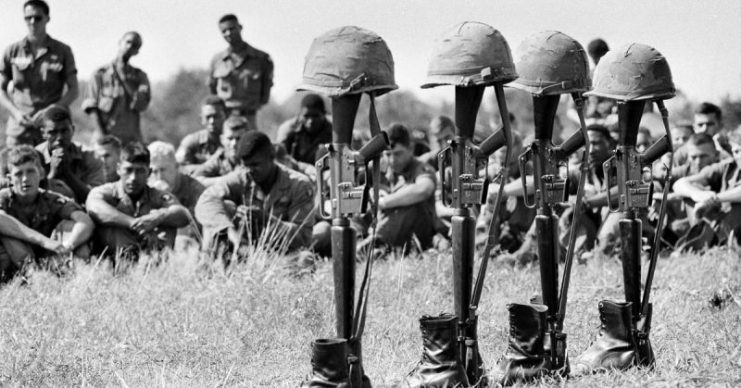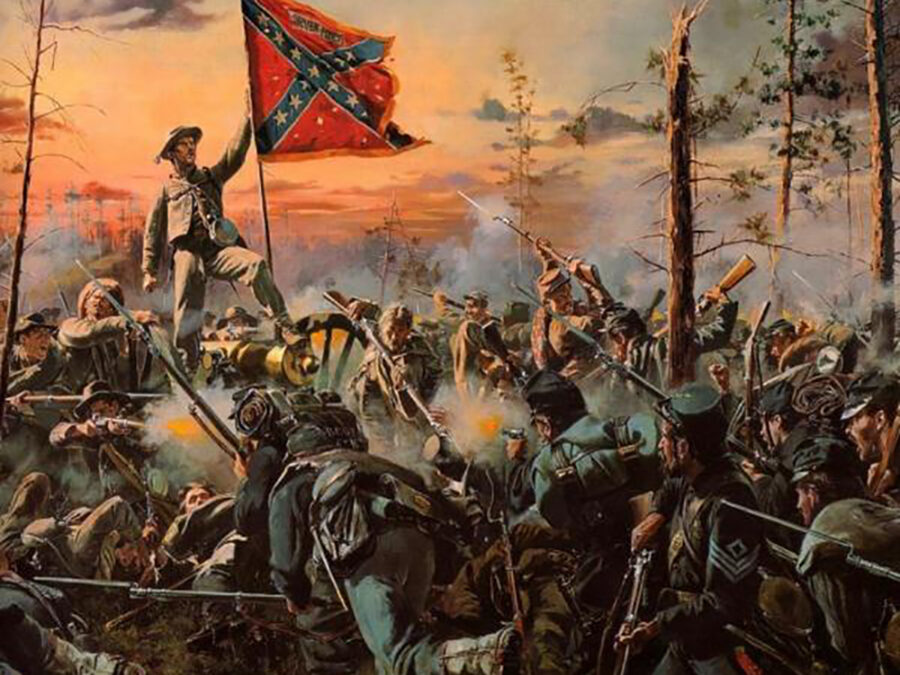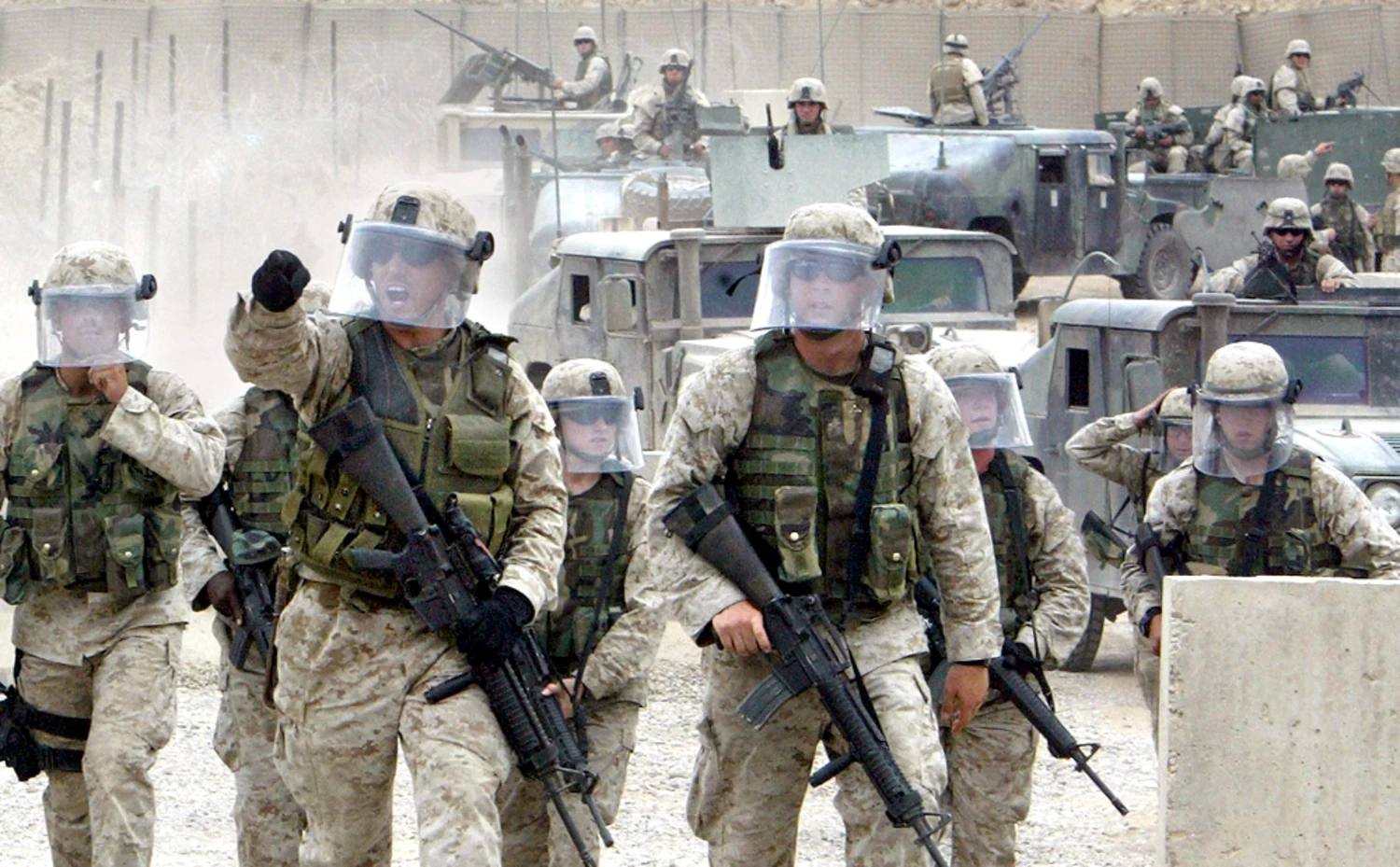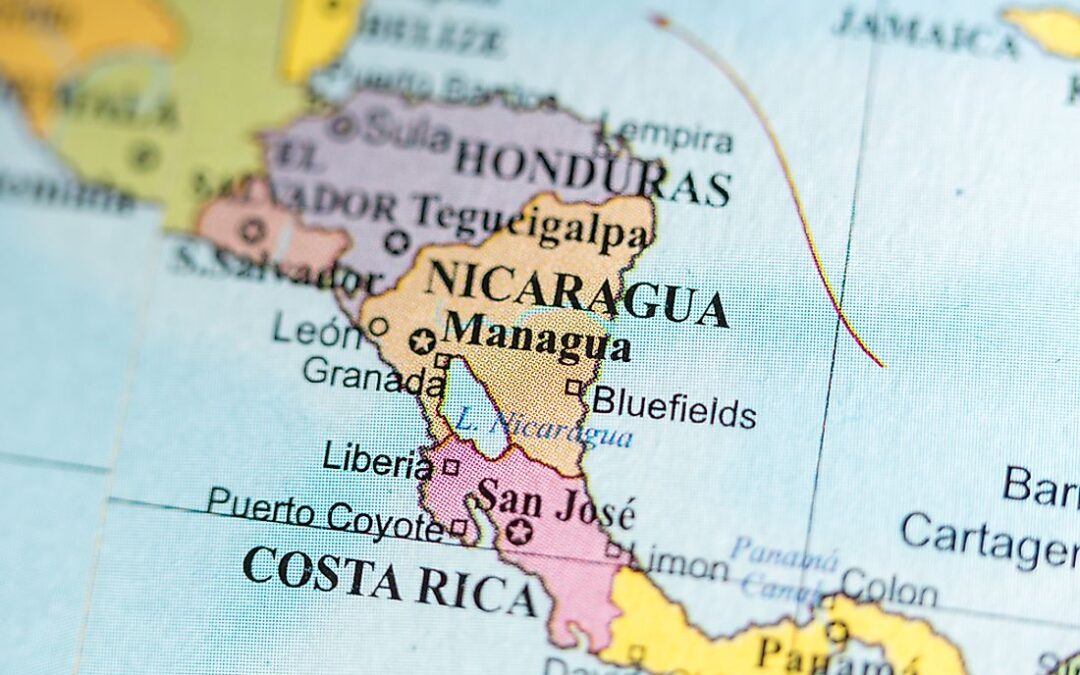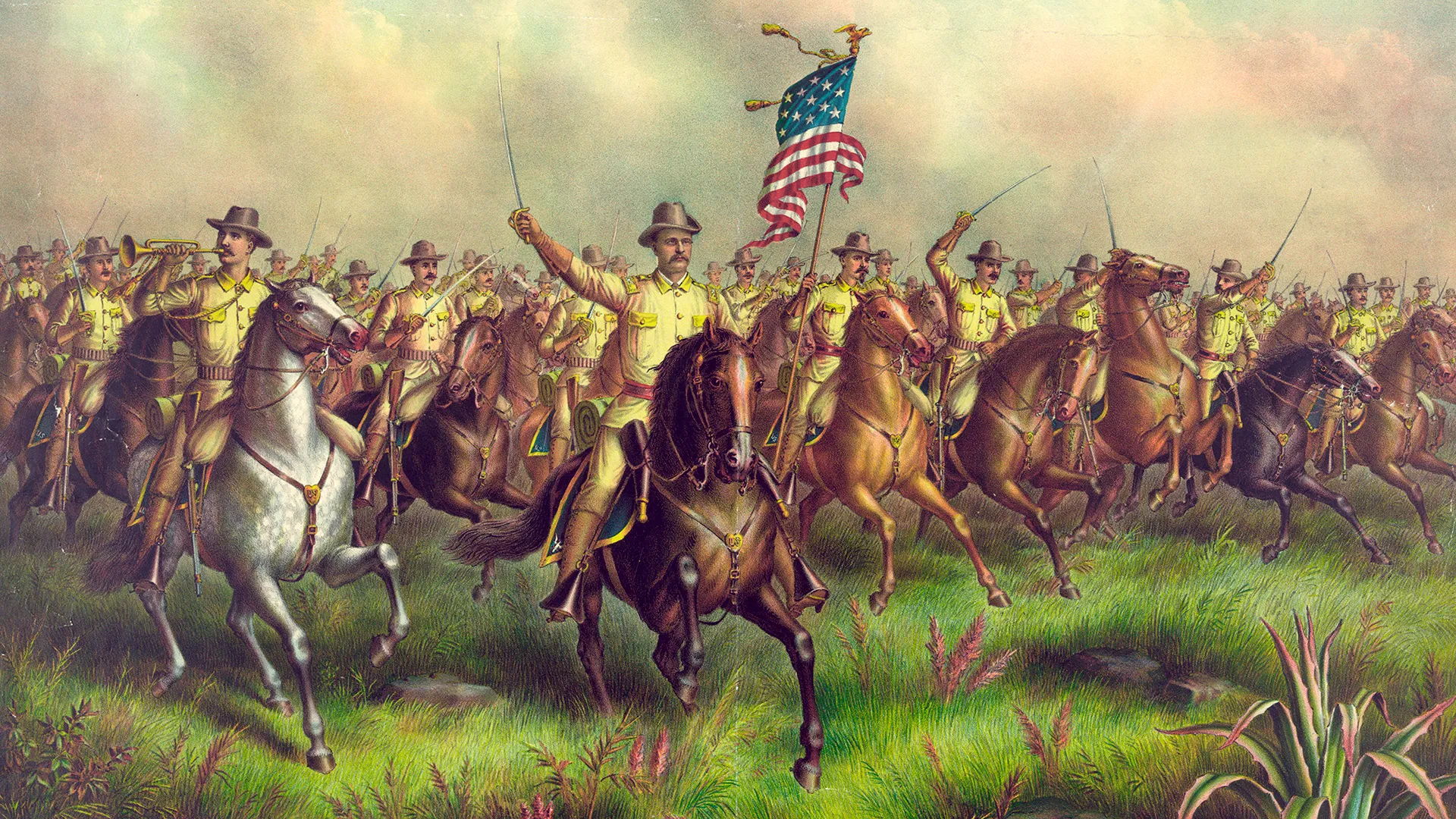One of my family members served with Washington in the Revolutionary War, John Cahoes. He was actually on a sortie to capture an English General. They had to cross from New York to New Jersey in a rowboat, crossing between English warships in the dark of night. Intel had it that the British general had a kept maiden at a local pub, and the Americans caught him with his pants down. His troops were encamped just down from the pub. They caught him in bed and hauled him back down to the bay before they let him put his pants on. Then they rowed back across the bay between the warships.

